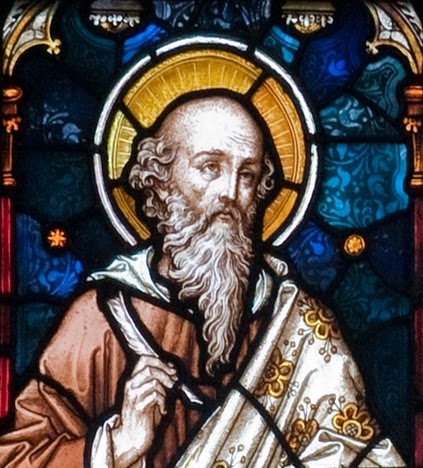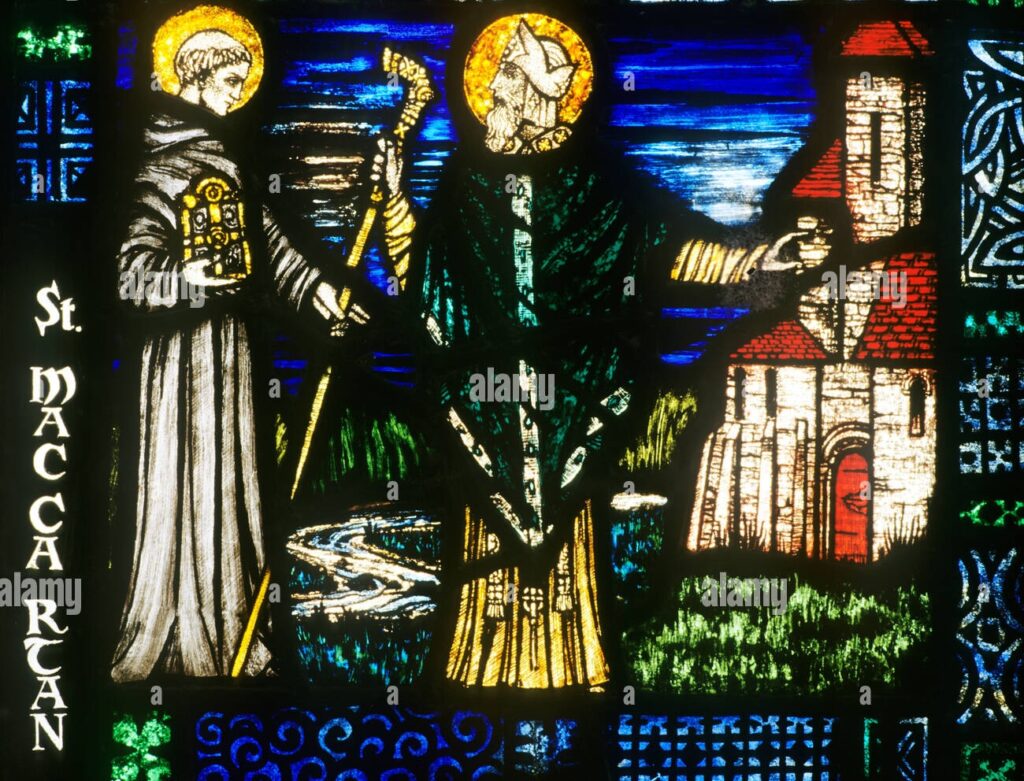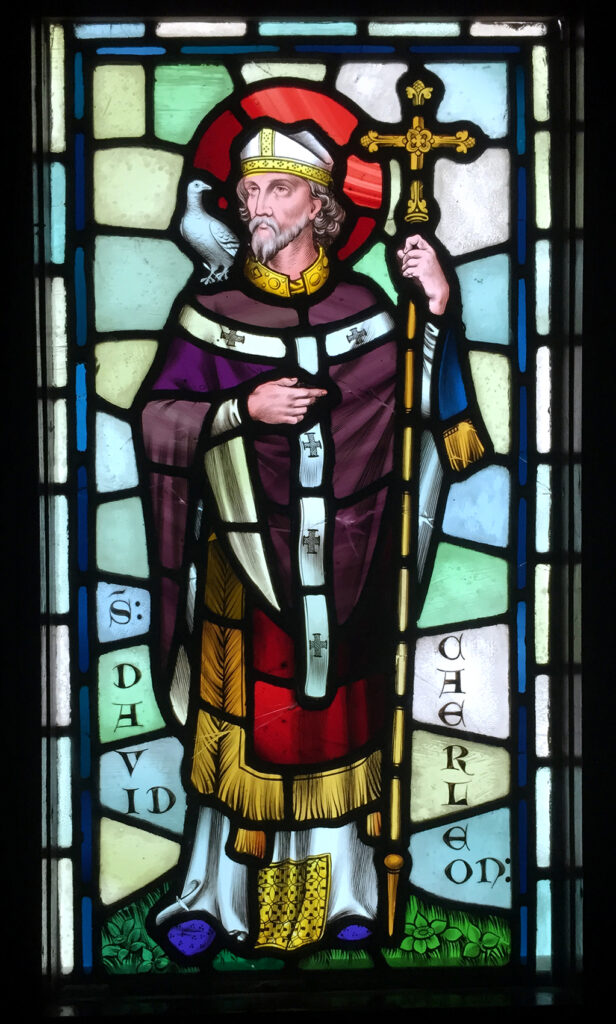Material distilled from Limerick’s life; Omnium Sanctorum; Catholic Ireland; and Celtic Saints

Image source from Sacred Space
It is a challenge to pin point accuracy on this saint. Authorities on Irish ecclesiastical history generally agree, that the patron saint of Limerick is Munchin, son of Sedna. It seems his parentage connects him by birth, with the district of Luiminech, which is Limerick today in its anglicised form. St. Munchin belonged to the royalty of North Munster. He was regarded as a tutelary saint of the Thomond O’Briens. But there are conflicting expositions on Munchin’s lineage… So, if we leave the parental lineage out, we can get a semblance of concrete truth on who St. Munchin became, without fully grasping who he originally was.
St. Munchin (meaning little monk) is considered bishop and founder the see of Limerick with his Cathedral, named after him. St. Munchin prophesised about Limerick saying, ‘’ the stranger [the danes] would flourish and the native [the Gaels] would perish.’’ Limerick came to prominence after the Danes landed there around the early 800s. Limerick having a reputed bishop so early as the 7th century, is anecdotal evidence that it was a place of importance.
Munchin is attributed with founding a church called Cill Mainchín on Inis Sibhton. It was at this island foundation, that Limerick as a city would eventually grow and expand from. He also founded a church on the island of Fidh-Inis, on the large estuary where the river Fergus meets the river Shannon. St. Munchin is believed to have been involved with another monastery at Mungret. This monastery may have been first founded by St. Patrick, and St. Nessan may have been the first Abbot there. But St. Munchin in the due course would likely have replaced St. Nessan, becoming the succeeding Abbot. This Mungret monastery at one time, contained 1,500 monks according to local tradition. According to another tradition, little Kilrush is said to have been built by Rose, a sister of St. Munchin. Again, the Church of Killeely, in a parish of the same name, was dedicated to Lelia, also considered to have been a sister to St. Munchin.
In the catalogue of Irish Saints, published by O’Sullivan Beare, our Limerick Saint is set down as Munchinus, with his feast day on the 1st of January. The martyrologies of Oengus, Tallaght and Gorman all mention Munchin, who is also described as “the Wise”, and they place his feast day on the 2nd of January.
The church in Ireland celebrates St. Munchin on the 3rd of January.


